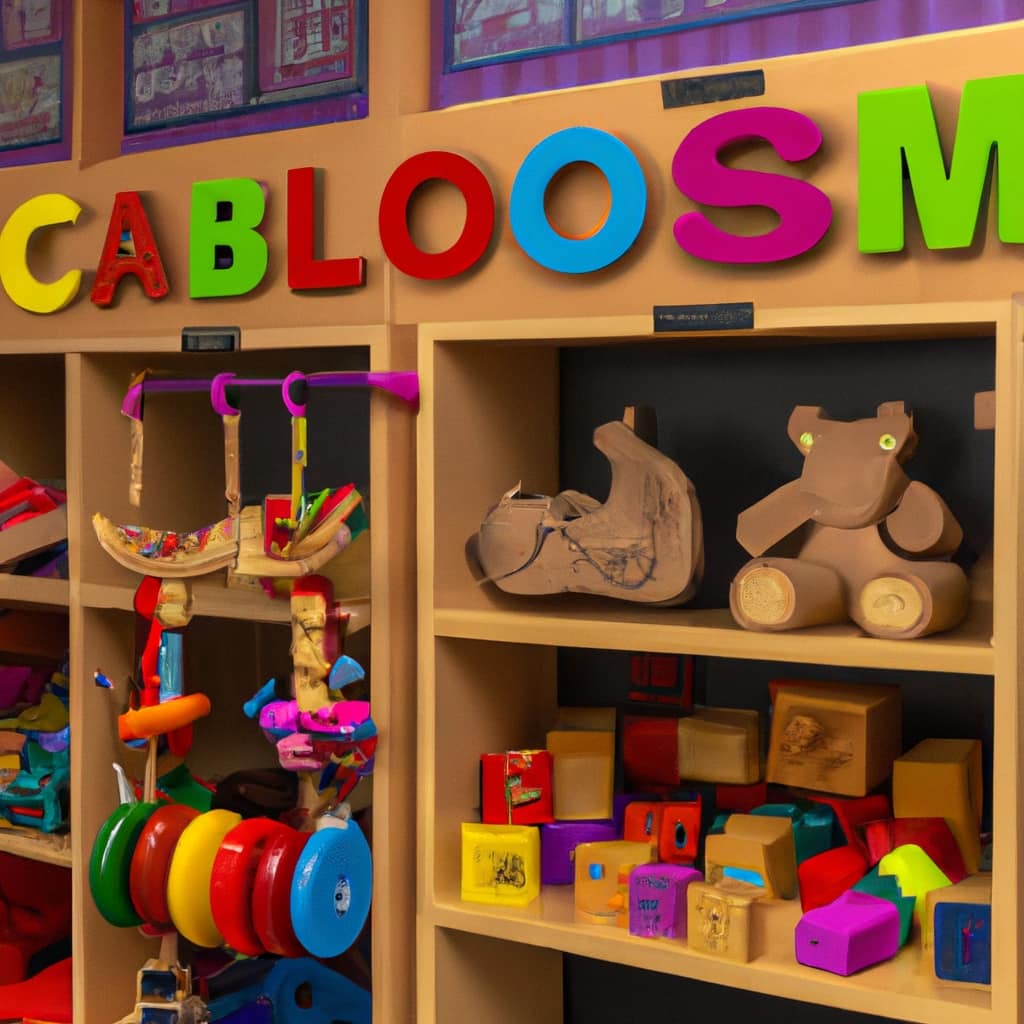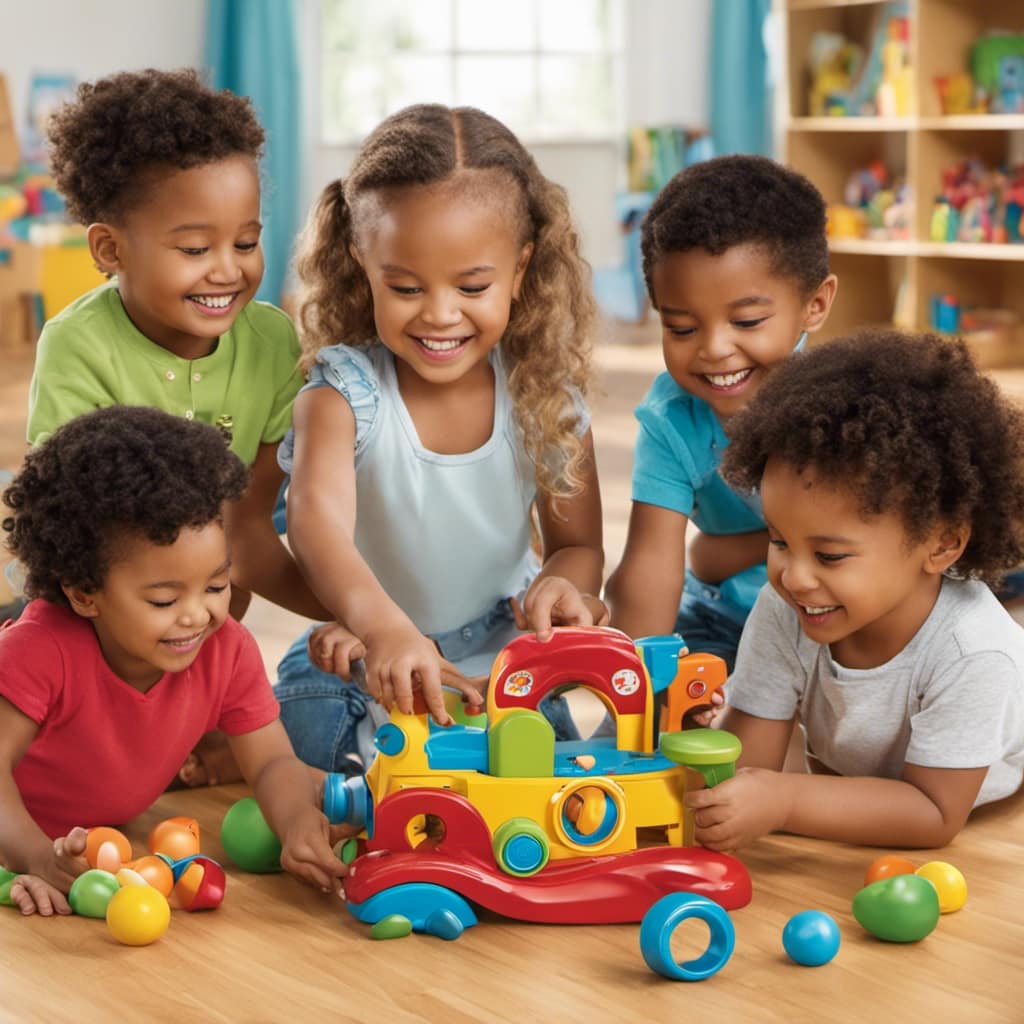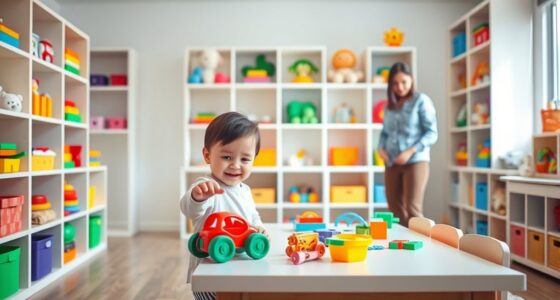Hello!
Have you ever wondered why sensory preschool toys are such a popular choice for early education? Well, let us tell you, they are an absolute game-changer!
In this article, we’ll explore the many benefits of these toys, recommend some top picks, and explain how they enhance your child’s early education. So, if you’re looking to give your little one a head start in their development, keep reading to discover why sensory preschool toys are the way to go.
Let’s dive in!
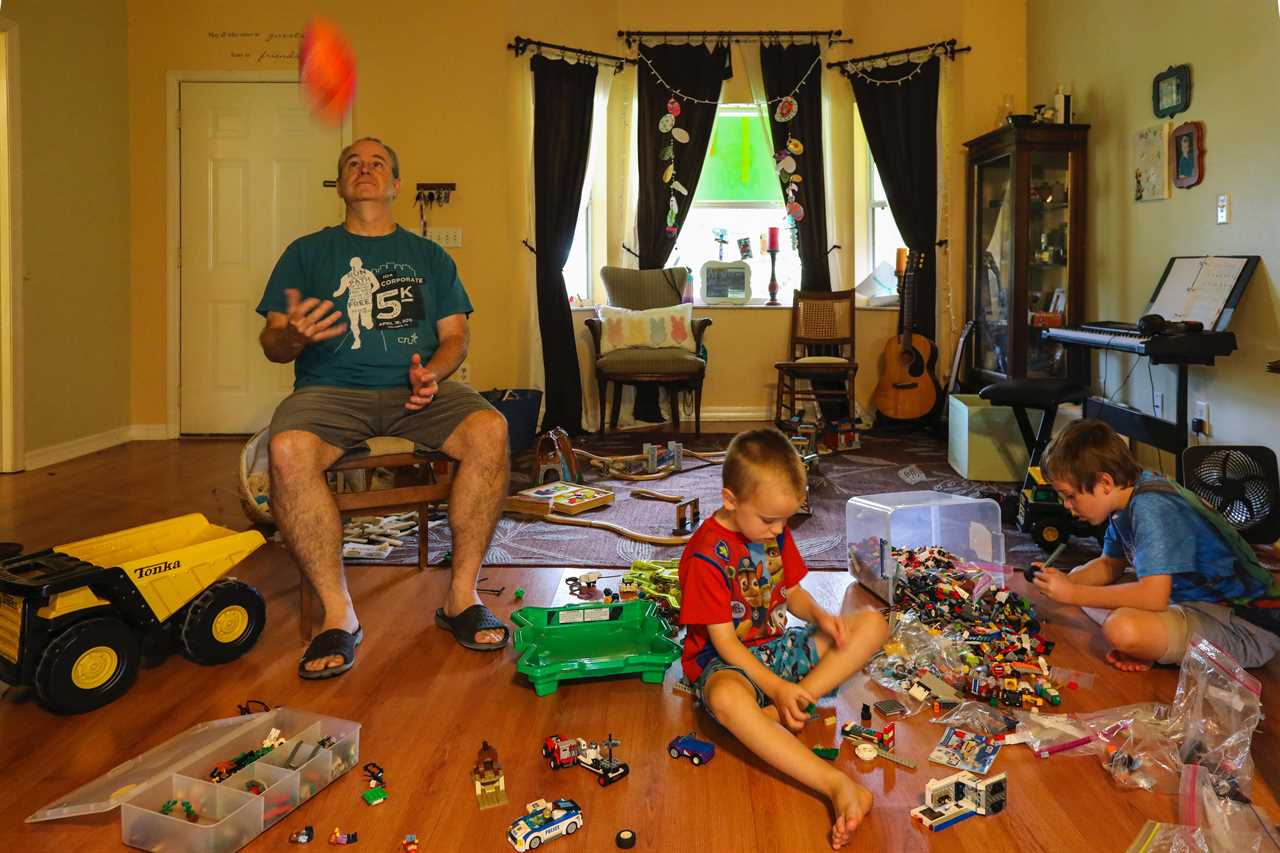
Key Takeaways
- Sensory preschool toys engage multiple senses and promote active learning.
- These toys enhance cognitive and physical development and are beneficial for children with sensory processing disorder (SPD).
- Sensory toys stimulate imagination, strengthen hand muscles, and develop fine motor skills.
- Choosing the right sensory toys involves considering individual preferences, ensuring safety guidelines are met, and creating a dedicated sensory play area at home.
Benefits of Sensory Preschool Toys
One of the benefits of sensory preschool toys is that they engage our senses and promote active learning. Sensory activities for toddlers are designed to stimulate their senses, including touch, sight, hearing, and movement. These toys provide opportunities for children to explore different textures, colors, sounds, and movements, which are crucial for their cognitive and physical development.
Sensory play is particularly beneficial for children with sensory processing disorder (SPD). SPD is a condition where the brain has difficulty receiving and responding to sensory information. Sensory preschool toys can help children with SPD by providing a controlled environment where they can gradually become accustomed to different sensory stimuli. By engaging in sensory play, these children can learn to regulate their responses to sensory inputs, improving their ability to process and integrate sensory information.
Top Sensory Preschool Toys Recommendations
So, what’re some of the top sensory preschool toys that we recommend for early education? Here are five options that provide sensory play benefits and help develop fine motor skills:
-
Squigz: These suction cup builders promote creativity and problem-solving skills, while also enhancing hand-eye coordination.
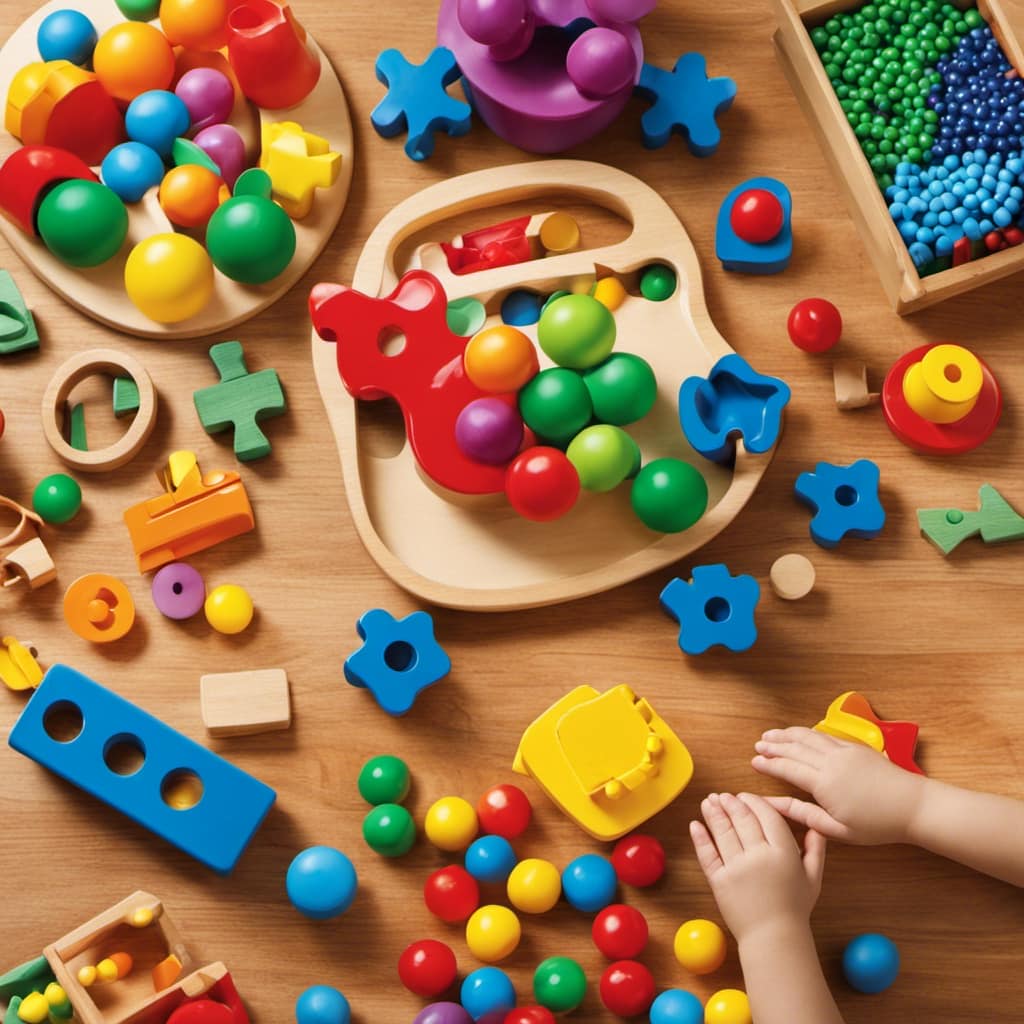
-
Water Beads: These colorful, squishy beads engage the senses and improve tactile sensitivity, allowing children to explore textures and colors.
-
Play-Doh: This classic toy stimulates imagination and strengthens hand muscles, promoting dexterity and fine motor skills.
-
Lacing Beads: Stringing colorful beads on laces improves hand-eye coordination, fine motor skills, and visual perception.
-
Kinetic Sand: This moldable sand allows children to develop their fine motor skills by shaping and molding different structures.
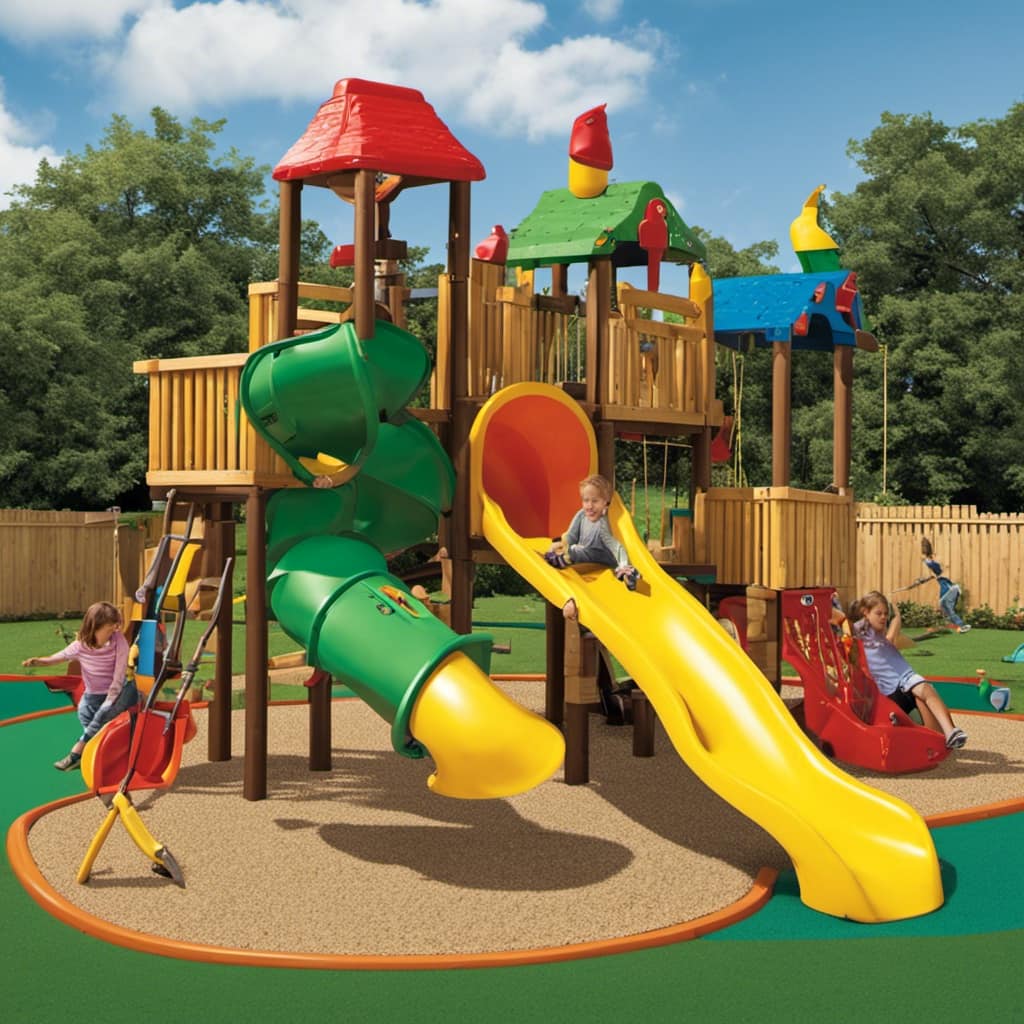
By incorporating these sensory toys into early education, children can engage in hands-on learning and enhance their cognitive, physical, and social-emotional development.
Now, let’s explore how these sensory toys enhance early education.
How Sensory Toys Enhance Early Education
As educators, we’ve witnessed firsthand how sensory toys enhance early education by stimulating multiple senses and promoting holistic development. Sensory play is crucial for cognitive development as it allows children to explore and understand the world around them. When children engage with sensory toys, they’re encouraged to use their senses of touch, sight, hearing, and sometimes even taste and smell. This multi-sensory experience helps to strengthen neural connections in the brain, leading to improved cognitive abilities such as problem-solving and critical thinking.
Furthermore, sensory toys also play a vital role in language acquisition. As children manipulate and interact with these toys, they’re exposed to different textures, shapes, and sounds. This exposure helps to enrich their vocabulary and develop their language skills. For instance, when playing with a sensory toy that makes different sounds, children learn to associate those sounds with specific actions or objects, expanding their understanding and use of language.

In conclusion, sensory toys are invaluable tools in early education as they enhance cognitive development and support language acquisition. By providing children with opportunities to engage their senses, these toys facilitate holistic learning experiences.
In the next section, we’ll discuss how to choose the right sensory toys for your child, ensuring that they receive the maximum benefits from their playtime.
Choosing the Right Sensory Toys for Your Child
When selecting sensory toys for our child, we frequently consider their individual preferences and developmental needs. It’s important to choose toys that provide a variety of sensory experiences and promote the development of different skills.
Here are some factors to consider when choosing the right sensory toys for your child:
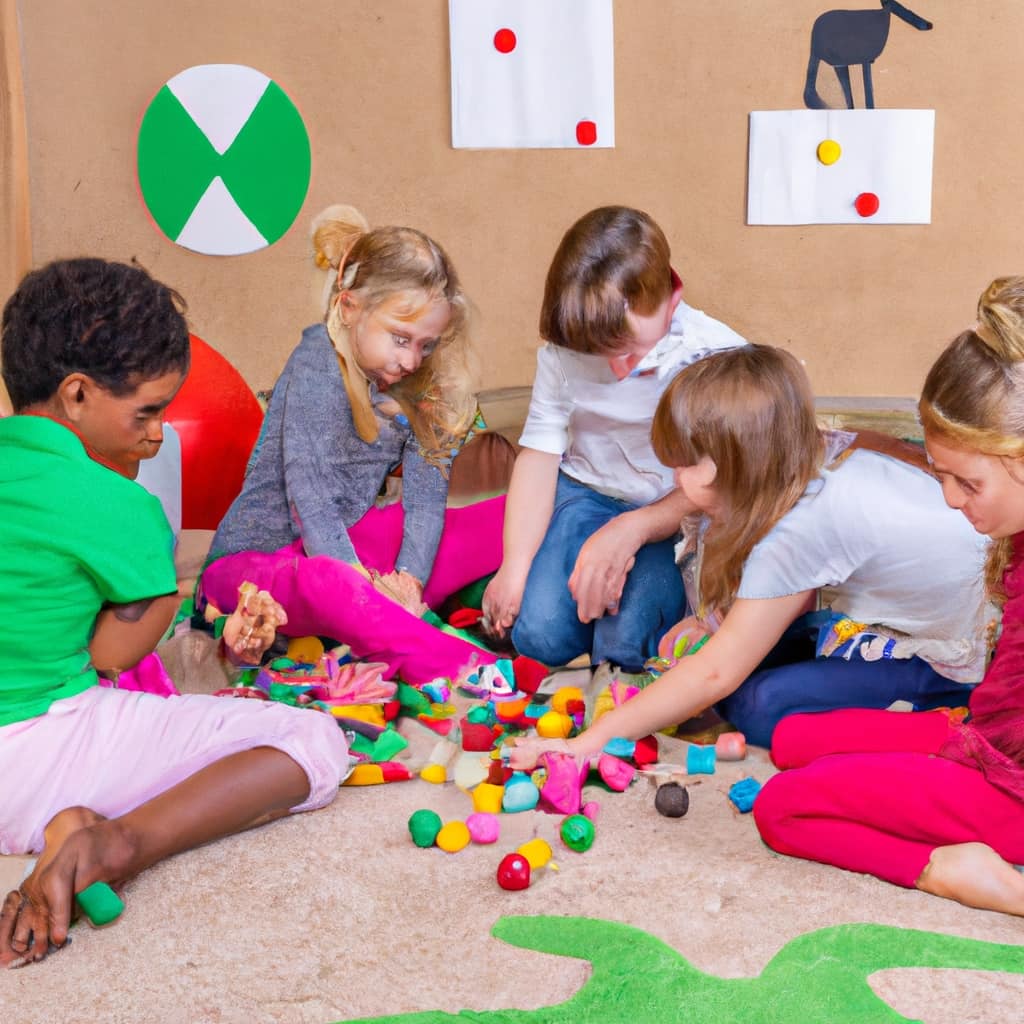
-
Sensory toy safety guidelines: Ensure that the toys are made from non-toxic materials and don’t have any small parts that could pose a choking hazard.
-
Age appropriateness: Select toys that are suitable for your child’s age and developmental stage.
-
Variety of textures: Look for toys that offer different textures such as smooth, rough, soft, and bumpy to stimulate the sense of touch.
-
Visual stimulation: Choose toys with bright colors, contrasting patterns, and moving parts to engage your child’s visual senses.
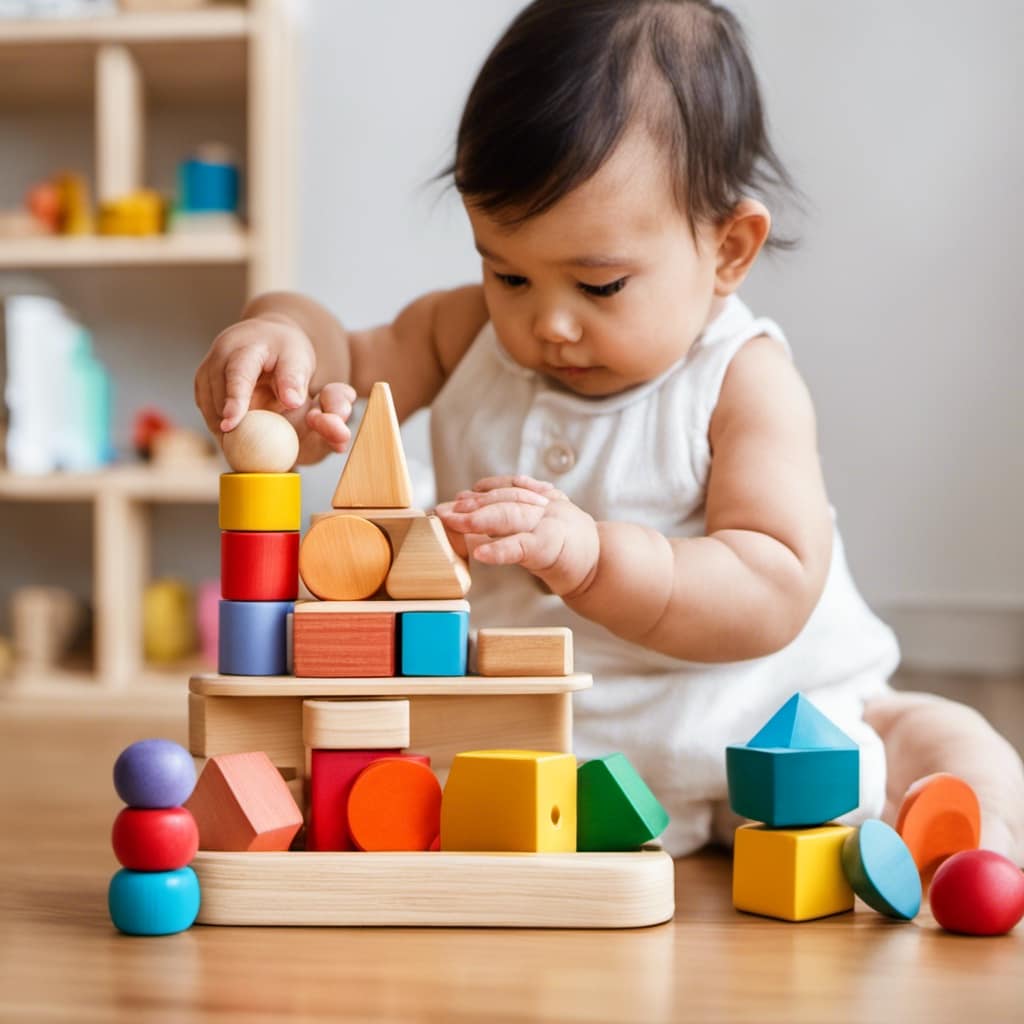
-
How to incorporate sensory play at home: Create a dedicated sensory play area at home and provide a range of sensory toys that target different senses.
Sensory Toys for Different Areas of Development
We found that sensory toys play a crucial role in supporting and enhancing various areas of development in preschool-aged children.
When it comes to cognitive development, sensory toys can engage children’s senses and stimulate their brain activity. For example, toys that require problem-solving skills, like puzzles or building blocks, can help children develop their critical thinking and logical reasoning abilities. Additionally, sensory toys that involve different textures, colors, and shapes can promote sensory exploration and enhance children’s sensory perception.
In terms of social-emotional development, sensory toys can facilitate self-expression and encourage social interaction. Toys like puppets or dolls allow children to express their emotions and engage in imaginative play, which helps them develop empathy and understanding of others. Furthermore, sensory toys that promote cooperation and turn-taking, such as board games, can foster social skills like sharing, communication, and teamwork.
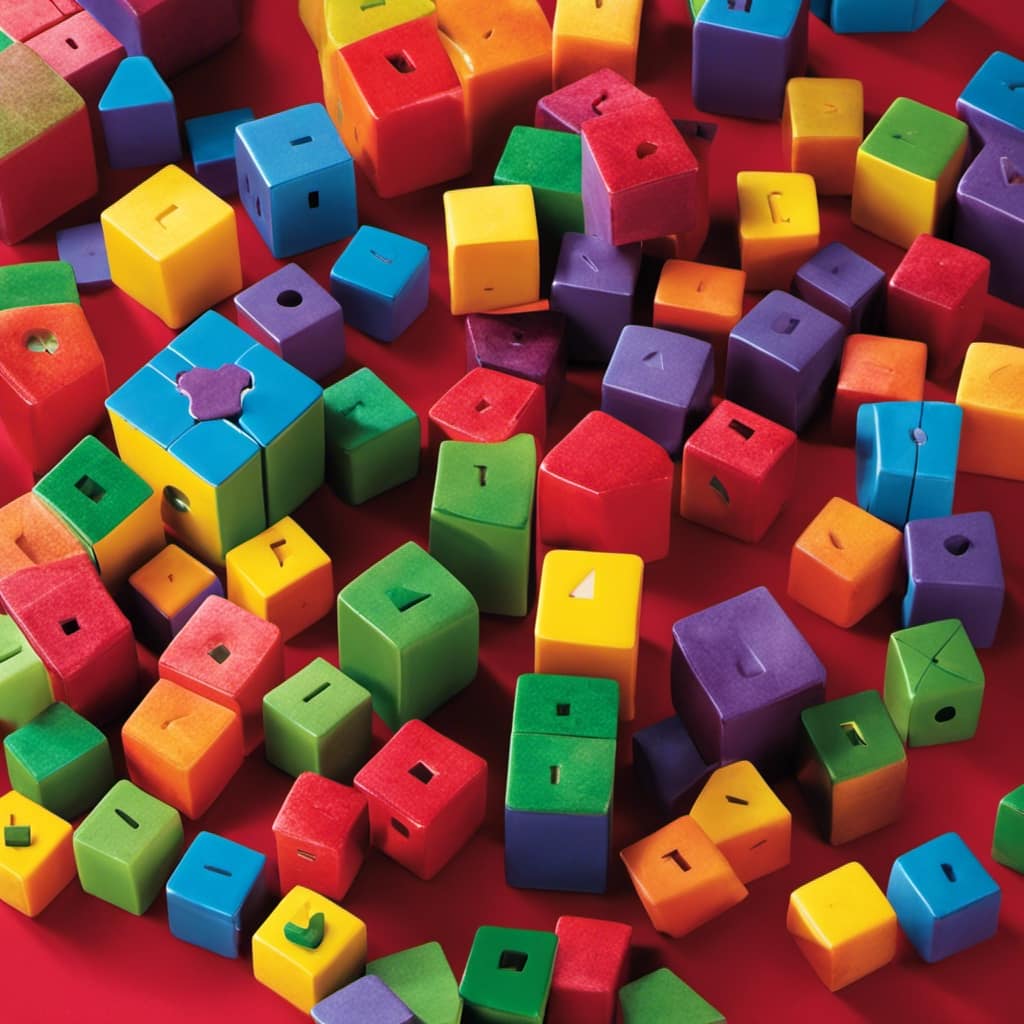
Frequently Asked Questions
Are Sensory Preschool Toys Only Beneficial for Children With Sensory Processing Disorders?
Sensory preschool toys are beneficial for all children, not just those with sensory processing disorders. They promote cognitive, social, and emotional development. The effectiveness of these toys in enhancing learning and engagement has been supported by research.
How Can Sensory Preschool Toys Help Improve Language and Communication Skills?
Sensory preschool toys can improve language and communication skills by enhancing vocabulary acquisition and promoting social interaction. They engage children in hands-on activities that stimulate their senses, fostering a love for learning and encouraging language development.
Are There Any Safety Concerns Associated With Using Sensory Preschool Toys?
Safety concerns should be considered when using sensory preschool toys. It’s important to ensure that the toys are age-appropriate, free from potential hazards, and regularly inspected for any signs of wear or damage.
Can Sensory Preschool Toys Be Used as a Tool for Behavior Management in the Classroom?
Sensory preschool toys serve as effective tools for behavior management in the classroom. They engage students and promote positive behaviors. Our experience shows that these toys enhance classroom engagement while fostering a supportive learning environment.

Are There Any Specific Age Recommendations for Using Sensory Preschool Toys?
There are specific age recommendations for using sensory preschool toys. They provide numerous benefits in early education, including promoting cognitive development, enhancing fine motor skills, and fostering sensory exploration and creativity.
Conclusion
In conclusion, sensory preschool toys are a valuable tool for early education. They provide numerous benefits, such as promoting sensory exploration, enhancing cognitive development, and encouraging creativity.
By engaging multiple senses, these toys help children learn and grow in a fun and interactive way.
It’s crucial to choose the right sensory toys that align with your child’s developmental needs.
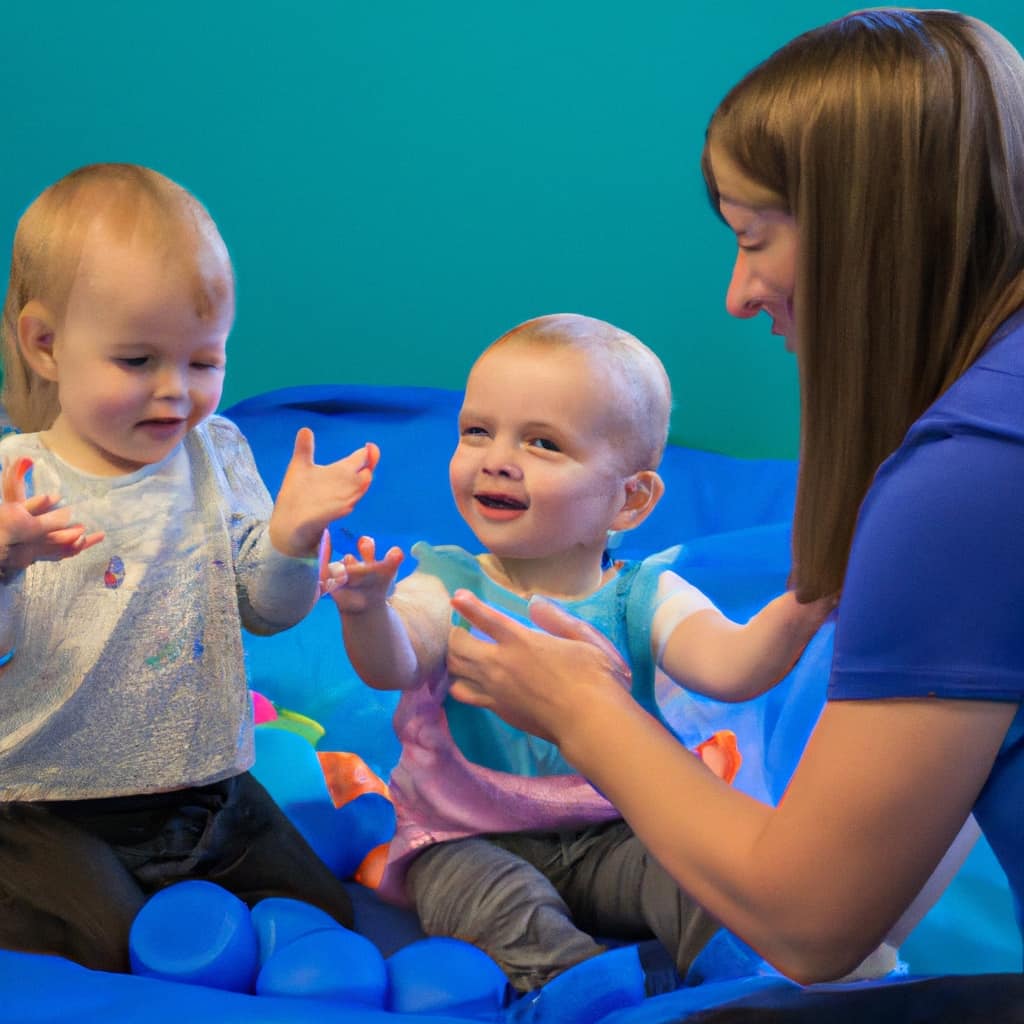
So, invest in these toys and watch your child thrive in their early education journey.




